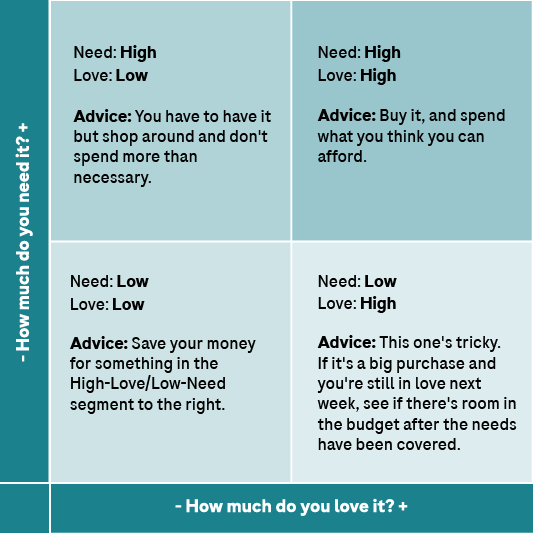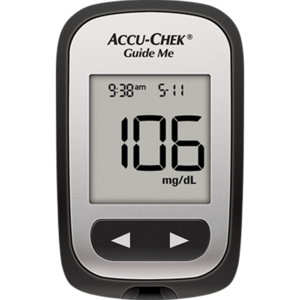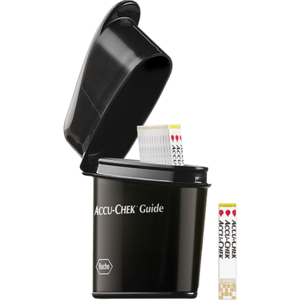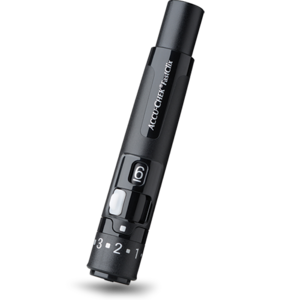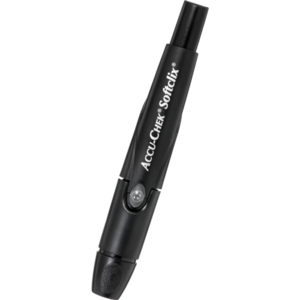If you pay for an eligible expense out of pocket, you can reimburse yourself with your FSA. Save your receipt and submit it through your provider’s online portal. Money will be moved from your FSA back into your pocket.
Even simpler, your provider might offer an FSA card. FSA cards are basically debit cards that are tied to your account. When you go to pay for eligible services or products, you can pay for it directly with your card. No need to worry about reimbursement! Ask your employer or provider for specific details on reimbursement and use of funds.
What happens at the end of year
Unlike other savings accounts like 401(k)s and IRAs, the money you put in an FSA doesn’t roll over into the new year. That means that you’ll need to use all of the money that you’ve contributed this year or you’ll lose it, so try not to contribute more money than you’ll need to cover out-of-pocket health costs for the year.
There are a couple exceptions to this rule, but it is dependent upon your employer as to whether they can be applied to your account or not. For example, you might be granted an extra 2 1⁄2 months to use your FSA dollars from the previous year, or you might be able to roll over up to $640 in 2025.9 Check with your employer to see if they offer either exception.
Eligible expenses
Since your FSA dollars don’t roll over, you’ll want to spend them before you lose them. Thankfully, there are a number of eligible medical, dental and vision expenses for you to consider.
Your FSA can cover a range of expenses, from routine doctor’s visits to seasonal needs like allergy products or sunscreen.9 You can use it to pay for small expenses like bandages or larger expenses like new eyeglasses and home testing kits. Your spouse’s and child’s expenses are covered, too! If you’re interested in enrolling in a FSA, check with your employer for details on eligible expenses and claim procedures.
Here are just a few diabetes care items that can help you use your FSA dollars before they expire:
